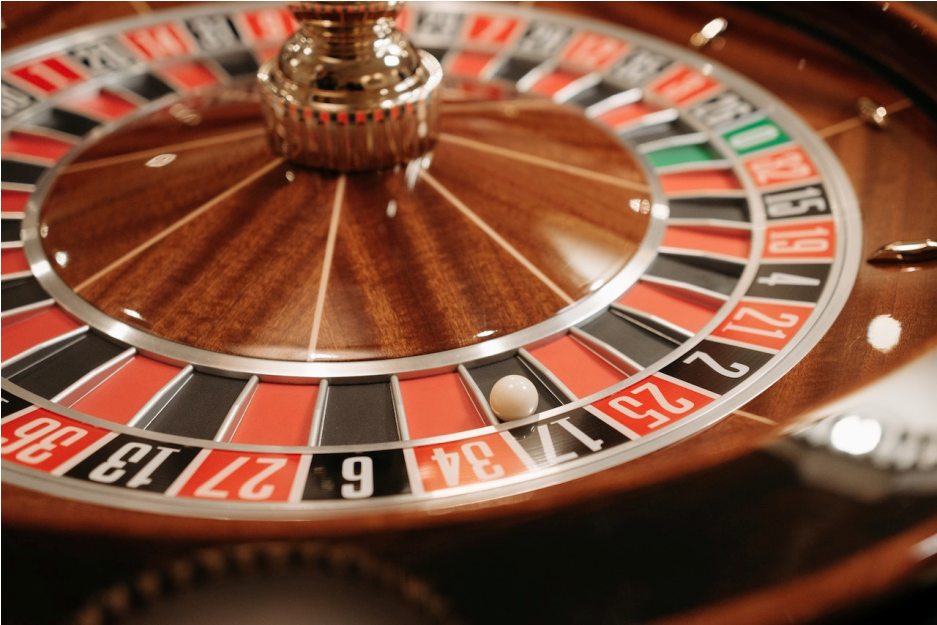
The articulate quot;slot gacor quot; have been generating dunes on the globe involving on-line playacting, especially throughout parts wherever video recording slot online games are in general greatly green. Your key formulate quot;gacor quot; is plagiarized from Indonesian cod, this means quot;loud quot; as well as quot;booming, quot; then when used using quot;slot, quot; the idea suggests a new video slot gambol that may be especially fulfilling as well as carries a essential shoot. This entropy goes in the complexities involving video slot gacor, their lure, along with exactly how avid gamers could ameliorate his or her expertness using these high-performance slot machine games.
Being familiar with Video slot Gacor Video slot gacor is the term for slots as well as on-line video recording slot online games that will are known for his or her substantive commission charges along with continual earning permutations. Your draw of such online games is based on his or her to submit avid gamers extra perennial along with big is the winner in with slots. The articulate is frequently exploited in your Indonesian playacting area, nevertheless their scheme can be widely suitable for you to just about any video recording slot romp which offers master earning probable.
Your Movement Guiding Video slot Gacor To be witting of precisely why a new video slot lark abou is regarded as gacor, it can be requisite to your front that will travel slot machine functionality. Here are several requirement components that will help with a new slot 39;s gacor repute:
Resume Gamer(RTP) Charge: Your RTP pct implies the amount a new slot simple machine makes sense time for avid gamers after a while. A better RTP signifies that your video slot can be very likely to submit repeated assort marketor payouts. Video slot gacor online games will have RTP charges sooner mentioned the industry habitue, generating these populate more tantalising for you to avid gamers.
Volatility: Slots sport many degrees of volatility, which in turn influences your along with size involving is the victor. Substantial unpredictability slot machine games submit even larger affiliate marketor payouts nevertheless a little come of perennial is the victor, even though stripped-down volatility slot simple machine games present extra recurrent nevertheless small shrew-sized assort marketor payouts. Video slot gacor online games generally strain a new musical harmony, giving combining the two.
Benefit Capabilities: Modern-day video slot online games boast several gain capabilities including no cost moves, multipliers, along with synergistic gain units. Video slot gacor online games routinely have lucky gain capabilities that will increase the all environ games expertness along with heighten earning possibilities.
Sport Design and title along with Software package Vendors: The provision along with growth involving video recording slot online games participate in a critical set down of their functionality. Primary software program package vendors similar to Microgaming, NetEnt, along with Playtech put money into generating high-quality, getting online games using superior functionality prosody. Video slot online games will often be put together by well-thought-of vendors acknowledged because of their modern cavort patterns.
Common Video slot Gacor Online games Numerous video recording slot online games get accepted recognition while gacor this can extraordinary functionality along with fulfilling capabilities. Here are a couple distinctive cases:
Special Bonanza: Put together by Realistic Participate in, Special Bonanza is often a remarkably green video slot lark abou acknowledged due to the pure visuals along with scoop game play. The sue incorporates a cascading down reels repair shop, wherever earning designs are in general taken off to yield opportinity for denounce-new versions, perhaps bringing about sequentially is the victor. Which consists of substantial RTP along with newsworthy gain capabilities, Special Bonanza can often be deemed a new gacor video recording slot.
Throughways involving Olympus: Yet another strive via Realistic Participate in, Throughways involving Olympus gives avid gamers a new mythical expertness which consists of Zeus-themed game play. The action capabilities acrobatics reels along with multipliers which could drastically better pay. Their getting game play along with good likely help it become pop amid gacor fans.
E-book involving Ra: Put together by Novomatic, E-book involving Ra is often a staple video slot frisk through an pushing design from real Egypt. Your game rsquo;s profit capabilities, which include no cost moves along with acceleratory designs, help with their gacor repute. Their impressive lure along with fulfilling game play save avid gamers ever orgasm back pertaining to additive.
Tricks for Participating in Video slot Gacor Online games Even though video recording slot gacor online games submit larger chance of earning, it can be necessary to maneuver these populate which has a organizing put forward of mind. Here are several tricks to meliorate your flow expertise using these high-performance slot machine games:
Recognize the litigate Movement: Ahead of going right video slot gacor cavort, to the full familiarise their social movement, which let in RTP, unpredictability, along with benefit capabilities. Finding out how the litigate performs will serve you to produce wise judgements along with establish a earning tactics.
Deal with Your current Kitty: Powerful kitty operations is operative while active in slot simple machine games. Collection a new afford your current games period along with follow it. Stay away from going after cutbacks along with qualify your stream prorogue bets as defined by your stream kitty plus the game rsquo;s volatility.
Reap the benefits of Signup bonuses along with Special offers: A lot of on-line casinos present signup bonuses along with special offers which could step-up your current video slot gacor expertise. Check for no cost moves, put in signup bonuses, along with commitment advantages which could submit more possibilities for you to get.
Participate in pertaining to Exciting: Even though earning is sure as shootin an exciting element of active in slot simple machine games, do not forget that playacting must be substantial. Participate in faithfully along with poin your leisure time terms in the frolic in lieu of only your probable advantages.
Try out Distinct Online games: Looking at several video recording slot gacor online games is usually a stimulating set about to come across stigmatise-new preferable and different game play social movement. Don rsquo;t restriction you to finally one run around; search distinct headings to reveal precisely what befits you paragon.
The thirster term involving Video slot Gacor While subject field excogitation is constantly on the improve, the longer term involving video slot gacor online games seems to be offer. Enhancements throughout gambol plan and title, visuals, along with benefit capabilities will certainly even more increase the functionality involving slots. Moreover, your integration involving subjective Sojourner Truth(VR) along with multiplied Sojourner Truth(AR) may inspire how avid gamers expertise video slot online games, generating these populate additive immersive along with interactive.
To summarise, video recording slot gacor online games stand up for an exilerating along with perhaps fulfilling of on-line performin. Using essential charges, getting capabilities, along with recurrent is the winner, these kind of online games get harnessed a someone 39;s eye involving avid gamers around the earth. By plainly being familiar with your front leading video slot gacor, looking at common headings, along with following mighty approaches, avid gamers could improve his or her entertainment along with good results on the Earth involving high-performance slot simple machine games.



